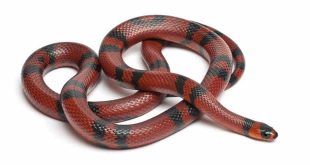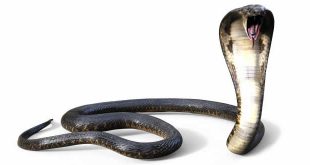 Tortoise — Tortoises or land turtles are land-dwelling reptiles of the family of Testudinidae, order Testudines. Like their marine cousins, the sea turtles, tortoises are shielded from predators by a shell. The top part of the shell is the carapace, the underside is the plastron, and the two are connected by the bridge. The tortoise has both an endoskeleton and an exoskeleton. Tortoises can vary in size from a few centimetres to two meters. Tortoises tend to be diurnal animals with tendencies to be crepuscular depending on the ambient temperatures. They are generally reclusive and shy.
Tortoise — Tortoises or land turtles are land-dwelling reptiles of the family of Testudinidae, order Testudines. Like their marine cousins, the sea turtles, tortoises are shielded from predators by a shell. The top part of the shell is the carapace, the underside is the plastron, and the two are connected by the bridge. The tortoise has both an endoskeleton and an exoskeleton. Tortoises can vary in size from a few centimetres to two meters. Tortoises tend to be diurnal animals with tendencies to be crepuscular depending on the ambient temperatures. They are generally reclusive and shy.
Many tortoises, (for example, the red-footed), have specific temperature, roaming space, light, air moisture, and diet requirements. They are difficult to captive breed, so many are wild caught. Tortoises need outdoor space to roam. It is not possible to house-train a tortoise.
Female tortoises dig burrows in which they lay from two to twelve eggs. Hatchlings take approximately 90-120 days to incubate within the ping-pong-ball sized eggs. Upon completion of the incubation period the hatchlings break open egg shell enclosure with their beak and dig their way to the surface. Most hatchlings are born with an embryonic egg sac which serves as a source of food until they are capable of eating solid foods, this stage lasts between 3 and 7 days. Unlike turtles, hatchlings of most tortoise species will move from their nest and into their mother’s burrow following birth. The mother will usually provide protection for the hatchlings for around 80 days, after which the babies will attempt to survive on their own.
Many, though not all, species of tortoises are sexually dimorphic, though the differences between males and females vary from species to species. In some species, males have a longer, more protruding neck plate than their female counterparts, while in others the claws are longer on the females. In most tortoise species the female tends to be larger than the male. Some believe that males grow quicker, while the female grows slower but larger. The male also has a plastron that is curved inwards to aid reproduction. The easiest way to determine the sex of a tortoise is to look at the tail. The females, as a general rule have a smaller tail which is dropped down whereas the males have a much longer tail which is usually pulled up and to the side.
Most land based tortoises are herbivores, feeding on grazing grasses, weeds, leafy greens, flowers, and certain fruits. Their main diet consists of alfalfa, clover, dandelions, and leafy weeds, although they will also eat various insects. Feeding tortoises cat or dog food is a common mistake, as both cat and dog food contain too much protein and lack other important nutrients for tortoises. Tortoises are not carnivores, and should not be fed large amounts of protein, as it may cause shell deformation and other medical problems.
There is a large amount of speculation on the use of tortoise pellets when feeding tortoises as in fact, tortoise pellets contain way too much protein, which will cause shell deformation and other medical problems. As a general rule, tortoises kept as domestic pets (usually Testudo Graecae and Testudo Hermanae) should be fed on weeds such as dandelions and clover and that is all that is needed. Calcium Carbonate can be ground into powder and added with weeds to provide extra essential calcium to a tortoise’s diet.
 Kids Portal For Parents India Kids Network
Kids Portal For Parents India Kids Network


